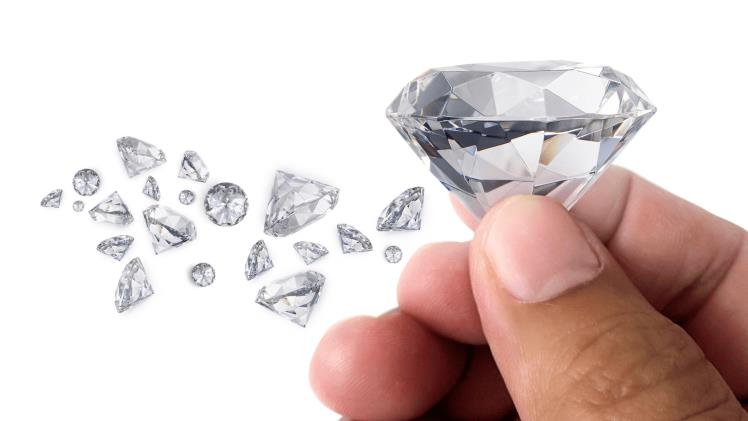Diamonds are a popular choice for jewelry, but they come with a high environmental and social cost. The mining of diamonds can pollute water supplies, destroy ecosystems, and displace communities. It can also contribute to human rights abuses, such as child labor and forced labor.
The Environmental Costs of Diamond Mining
The mining of diamonds can have a significant impact on the environment. The process of extracting diamonds from the ground can pollute water supplies, destroy ecosystems, and release harmful chemicals into the air.
One of the biggest environmental impacts of diamond mining is the pollution of water supplies. The chemicals used to extract diamonds can seep into groundwater, making it unsafe to drink or use for irrigation. This can have a devastating impact on local communities, who may rely on these water sources for their survival.
Diamond mining can also destroy ecosystems. The open-pit mining of diamonds can create massive craters in the earth, which can displace wildlife and plants. This can have a ripple effect on the entire ecosystem, as plants and animals that rely on each other for survival are separated.
In addition to the pollution and destruction of ecosystems, diamond mining can also release harmful chemicals into the air. The chemicals used to extract diamonds can cause respiratory problems and other health problems for people who live near mining operations.
The Social Costs of Diamond Mining
The mining of diamonds can also have a significant impact on the social fabric of communities. The displacement of people from their homes, the exploitation of labor, and the violence that can accompany diamond mining can all have a devastating impact on communities.
One of the most well-documented social impacts of diamond mining is the displacement of people from their homes. The open-pit mining of diamonds often requires the clearing of large areas of land, which can force people to relocate. This can be especially devastating for communities that have lived in the same area for generations.
The mining of diamonds can also lead to the exploitation of labor. Children are often used in diamond mines, often under dangerous and exploitative conditions. Workers in diamond mines are also often subjected to long hours, low pay, and dangerous working conditions.
The violence that can accompany diamond mining is another major social cost. Conflict diamonds, or “blood diamonds,” are diamonds that are mined in war zones and the proceeds of which are used to fund violence. The trade in conflict diamonds has been linked to human rights abuses, such as murder, rape, and torture.
Moissanite vs Diamond
Moissanite is a gemstone that is often compared to diamonds. It is similar in appearance to a diamond, but it is much more affordable. Moissanite is also more durable than a diamond, and it has a higher refractive index, which means that it sparkles more.
Moissanite is a good choice for those who are looking for an alternative to diamonds. It is affordable, durable, and has the same appearance as a diamond. However, it is important to note that moissanite is not a diamond, and it does not have the same resale value.
If you are considering buying a diamond, it is important to be aware of the environmental and social costs of mined diamonds. There are a number of diamond alternatives available, such as moissanite, that are more affordable and environmentally friendly.
Conclusion
The mining of diamonds has a significant environmental and social cost. There are a number of diamond alternatives available, such as moissanite, that are more affordable and environmentally friendly.


